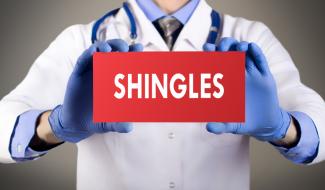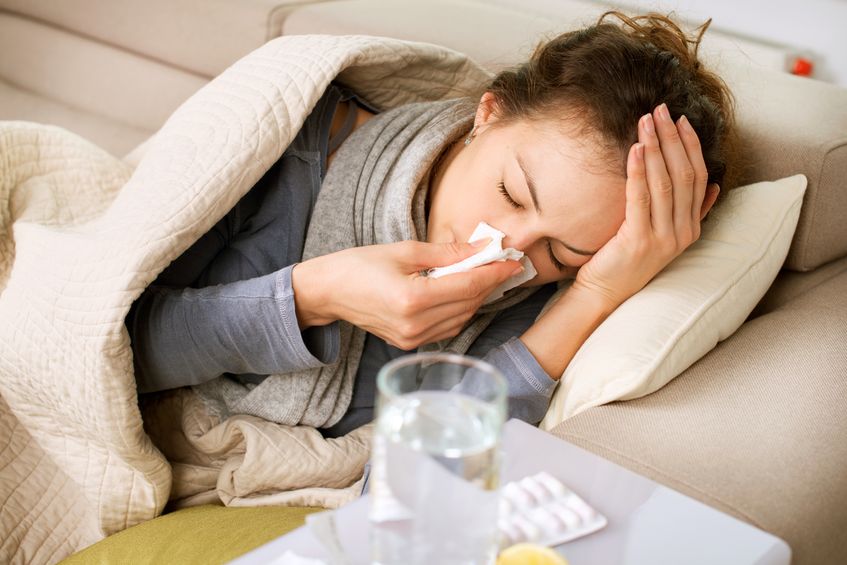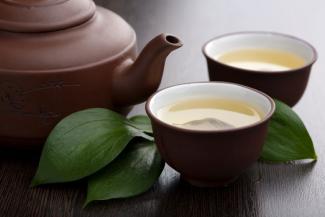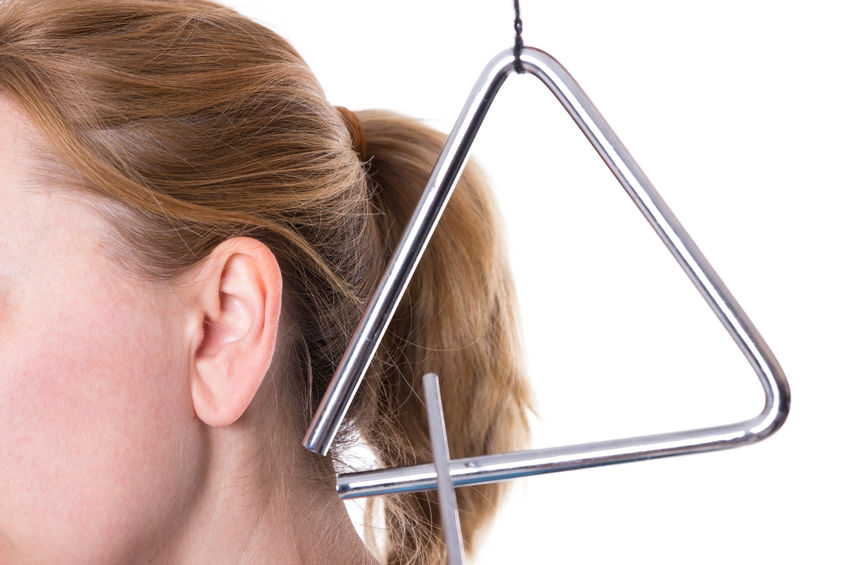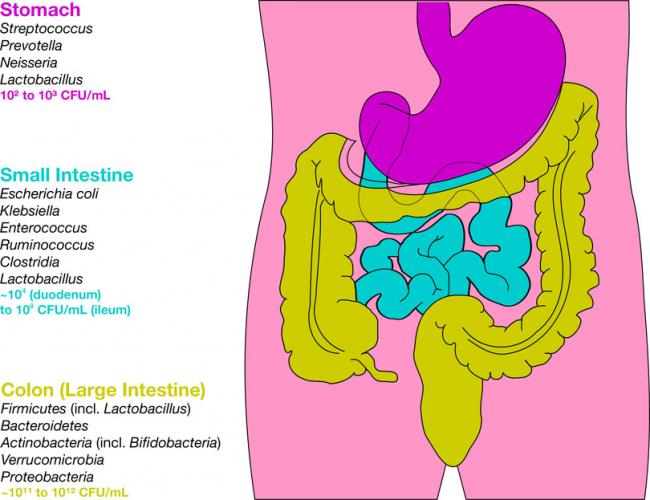Related Articles
- 26 Sep 13
$path = isset($_GET['q']) ? $_GET['q'] : '
';
$link = url($path, array('absolute' => TRUE));$nid = arg(1);
if ($nid == 201309){
?>download pdf
}
?>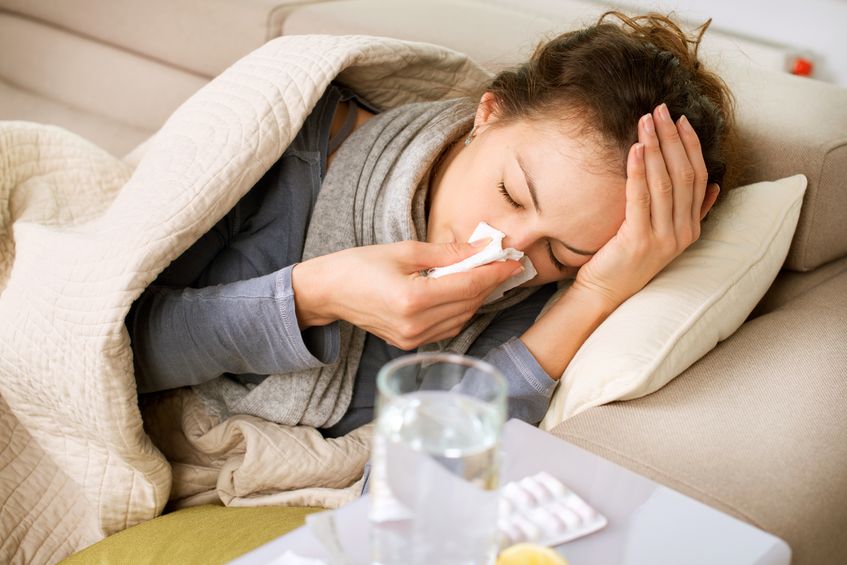
Autumn is a beautiful time of year, filled with excitement (or trepidation) for students and teachers alike. For most, fall also marks the end of vacation or summer hours, and the onset of a more rigorous work schedule. The combination of these various stressors, in addition to cooler weather fluctuations, also makes for the beginning of the dreaded cold-and-flu season. First, a child comes home with a sniffle, or a colleague down the hall has a dry cough01 Dec 13$path = isset($_GET['q']) ? $_GET['q'] : '
';
$link = url($path, array('absolute' => TRUE));$nid = arg(1);
if ($nid == 201312){
?>download pdf
}
?>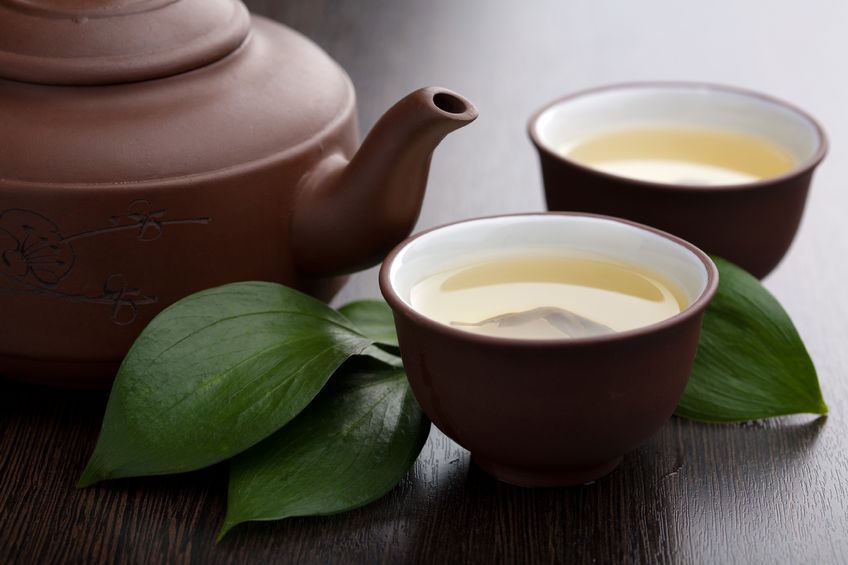 Green tea dry leaves from the plant Camellia sinensis, is best known as a component of the traditional Japanese diet, served as small 100 ml cups of tea. Green tea is a rich source of antioxidant flavonoids, in particular the category of flavonoids called catechins. Recently, green tea has received attention for its possible anticancer effects, as well as for more novel uses, including antiviral effects and anti-inflammatory effects.
16 Jun 13
Green tea dry leaves from the plant Camellia sinensis, is best known as a component of the traditional Japanese diet, served as small 100 ml cups of tea. Green tea is a rich source of antioxidant flavonoids, in particular the category of flavonoids called catechins. Recently, green tea has received attention for its possible anticancer effects, as well as for more novel uses, including antiviral effects and anti-inflammatory effects.
16 Jun 13
The intestinal epithelium is the largest surface in the human body exposed to the external environment. The ability of this epithelial layer to act as a barrier is found to be essential to health. The selective permeability (allow some things to pass, prevent other things from passing) of the intestinal epithelium is a highly regulated process that is part of the normal functioning of the intestinal tract.
Newsletter
Your subscription could not be saved. Please try again.
You've successfully subscirbed to Naturopathic Currents monthly newsletter!
Most Popular
- 08 Jan 15
- 07 May 15
- 17 Jun 13
- 17 Jun 13
- 17 Jun 13
- 01 Jul 13
- 17 Jun 13
- 17 Jun 13
- 17 Jun 13
- 01 Jul 13
- 17 Jun 13
- 17 Jun 13
- 17 Jun 13
- 01 Jul 13


